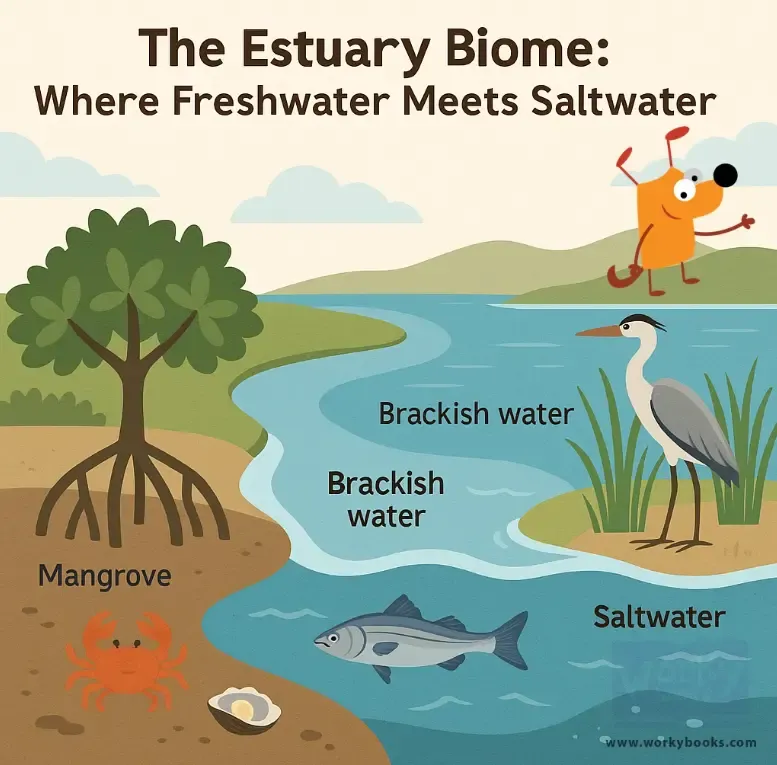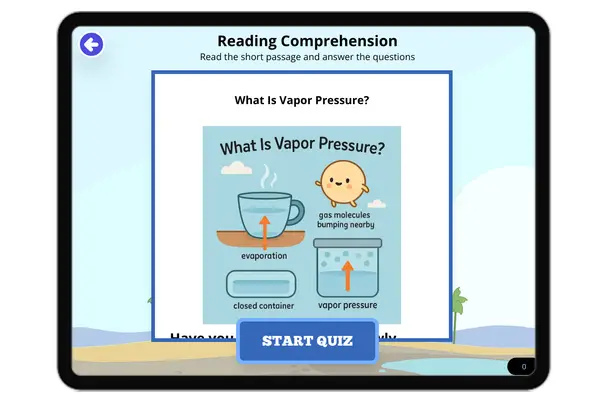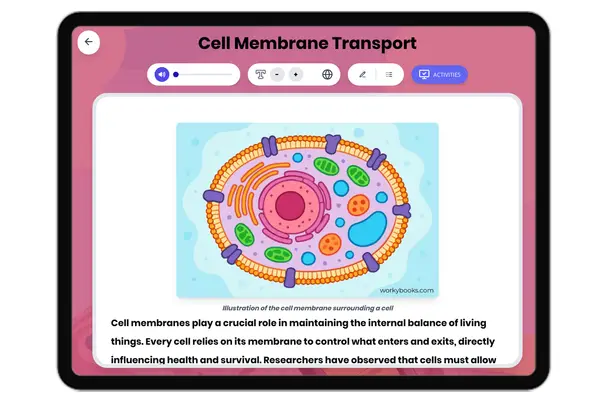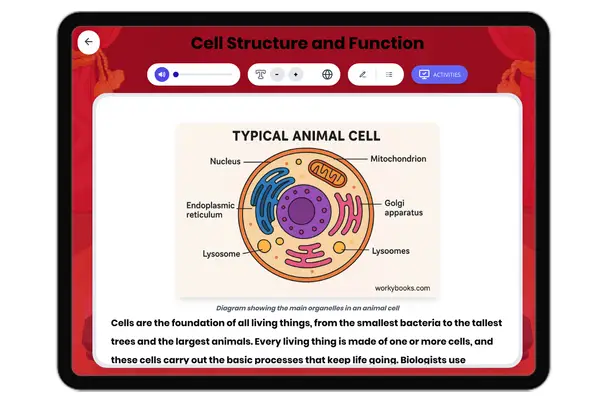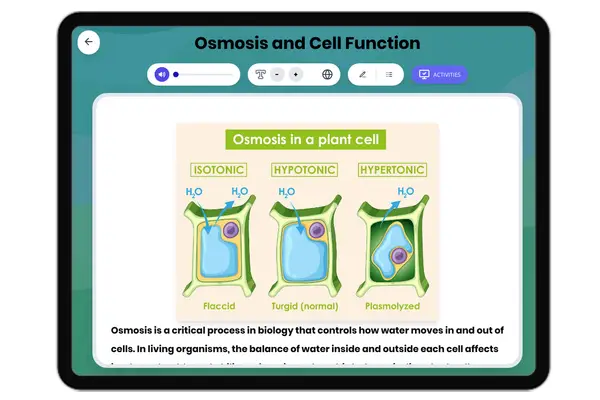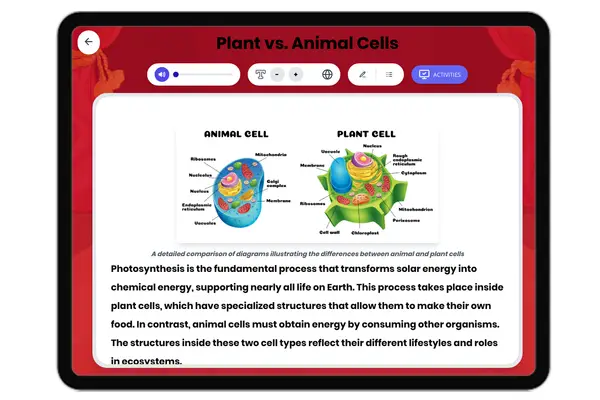The Estuary Biome: Where Freshwater Meets Saltwater — Reading Comprehension
Grades
- 3
- 4
- 5
- 6
- 7
Standards
- MS-LS1-2
PRINT+DIGITAL RESOURCE
This learning resource is available in interactive and printable formats. The interactive worksheet can be played online and assigned to students. The Printable PDF version can be downloaded and printed for completion by hand.
About This Reader
This middle school science reading passage explains the estuary biome, a unique ecosystem where freshwater and saltwater meet to form brackish water. Aligned with NGSS standard MS-LS2-1, this passage teaches students about the importance of estuaries in supporting biodiversity, nutrient cycling, and coastal protection. It includes examples of animals and plants found in estuaries, like crabs, oysters, and mangrove trees. The passage also connects the biome to human activity by describing how cities are often located near estuaries for trade and storm protection. With clear scientific vocabulary, real-world examples, and links to ecosystem functions, this reading comprehension activity helps students understand how living and nonliving things interact in an environment. It supports learning about ecosystems, biodiversity, and the interdependence of organisms.
Perfect For:
👩🏫 Teachers
- • Reading comprehension practice
- • Auto-graded assessments
- • Literacy skill development
👨👩👧👦 Parents
- • Reading practice at home
- • Comprehension improvement
- • Educational reading time
🏠 Homeschoolers
- • Reading curriculum support
- • Independent reading practice
- • Progress monitoring
Reading Features:
📖
Reading Passage
Engaging fiction or nonfiction text
❓
Comprehension Quiz
Auto-graded questions
📊
Instant Feedback
Immediate results and scoring
📄
Printable Version
Download for offline reading
🔊
Read Aloud
Voice-over with word highlighting



